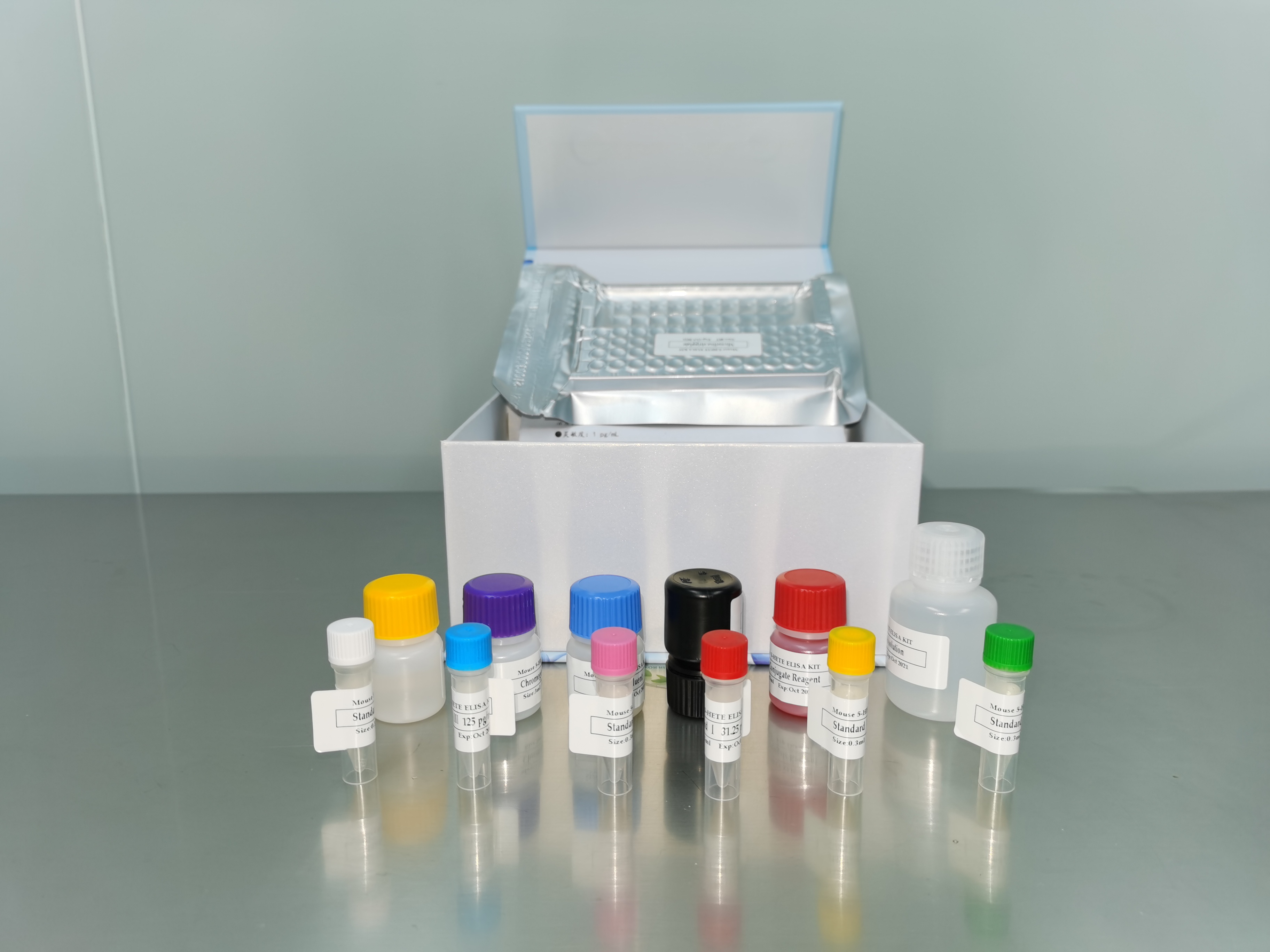| 产品名称: | AFT024 |
|---|---|
| 商品货号: | TS132663 |
| Organism: | Mus musculus, mouse |
| Tissue: | Liver; stroma |
| Cell Type: | Fibroblast SV40 immortalized, SV40 transformed |
| Product Format: | frozen |
| Morphology: | Fibroblast |
| Culture Properties: | Adherent |
| Biosafety Level: | 2 xa0Cells contain SV-40 Viral DNA sequences Appropriate safety procedures should always be used with this material. Laboratory safety is discussed in the following publication: Biosafety in Microbiological and Biomedical Laboratories, 5th ed. HHS Publication No. (CDC) 93-8395. U.S. Department of Health and Human Services, Centers for Disease Control and Prevention. Washington DC: U.S. Government Printing Office (2007). The entire text is available online at http://www.cdc.gov/biosafety/publications/bmbl5/index.htm. Biosafety classification is based on U.S. Public Health Service Guidelines, it is the responsibility of the customer to ensure that their facilities comply with biosafety regulations for their own country. |
| Age: | 14 to 14.5 day gestation embryo |
| Applications: | SCRC-1007 can serve as a support layer for stem cells at 37°C; however, to insure that all AFT024 cells are mitotically inactive, irradiation or Mitomycin C treatment is recommended. |
| Storage Conditions: | liquid nitrogen vapor phase |
| Derivation: | This cell line, immortalized with temperature sensitive SV-40 T antigen, was derived from murine fetal liver stromal cells. They represent cells obtained from the microenvironment of the liver that support purified mouse and human CD34+CD38- hematopoietic stem/progenitor cells. |
| Comments: | These cells represent cells obtained from the microenvironment of the liver that support purified mouse and human CD34+CD38- hematopoietic stem/progenitor cells. Delta-like (Dlk1) /preadipocyte factor-1 (pref-1) is preferentially expressed in AFT024 cells and functions as a positive stem cell regulator.xa0 Due to the presence of the temperature sensitive SV40 T antigen, the AFT024 cells must be grown at 33°C. At 33°C, T antigen binds anti-oncogenes and allows cell division. At higher temperatures, such as 37°C, T antigen is inactivated and the cells can no longer divide.xa0 |
| Complete Growth Medium: | The base medium for this cell line is ATCC-formulated Dulbeccos Modified Eagles Medium, Catalog No. 30-2002. To make the complete growth medium, add the following components to the base medium: 2-mercaptoethanol to a final concentration of 0.05 mM; fetal bovine serum to a final concentration of 10%.
|
| Subculturing: |
Volumes used in this protocol are for 75 cm2 flask; proportionally reduce or increase amount of dissociation medium for culture vessels of other sizes.
Note: To avoid clumping do not agitate the cells by hitting or shaking the flask while waiting for the cells to detach.xa0 Cells that are difficult to detach may be placed at 33°C to facilitate dispersal.
Subcultivation ratio: 1:4 –1:8
Note: For more information on enzymatic dissociation and subculturing of cell lines consult Chapter 10 in Culture of Animal Cells, a manual of Basic Technique by R. Ian Freshney, 3rd edition, published by Alan R. Liss, N.Y., 1994. xa0 Medium Renewal Two to three times weekly |
| Cryopreservation: | Complete growth medium supplemented with 5% (v/v) DMSO |
| Culture Conditions: | Atmosphere: Air, 95%; carbon dioxide (CO2), 5%
Temperature: 33°C
Max Temperature: 33°C
Min Temperature: 31°C |
| Population Doubling Time: | 40 to 48 hrs |
| Name of Depositor: | KA Moore |
| Deposited As: | Mus musculus |
| References: | Moore KA, et al. Hematopoietic activity of a stromal cell transmembrane protein containing epidermal growth factor-like repeat motifs. Proc. Natl. Acad. Sci. USA 94: 4011-4016, 1997. PubMed: 9108096 Miller JS, et al. Single adult human CD34(+)/Lin-/CD38(-) progenitors give rise to natural killer cells, B-lineage cells, dendritic cells, and myeloid cells. Blood 93: 96-106, 1999. PubMed: 9864151 Moore KA, et al. In vitro maintenance of highly purified, transplantable hematopoietic stem cells. Blood 89: 4337-4347, 1997. PubMed: 9192756 Hachney JA, et al. A molecular profile of a hematopoietic stem cell niche. Proc. Natl. Acad. Sci. USA 99: 13061-13066, 2002. PubMed: 12226475 Punzel M, et al. The myeloid-lymphoid initiating cell (ML-IC) assay assesses the fate of multipotent human progenitors in vitro. Blood 93: 3750-3756, 1999. PubMed: 10339481 Thiemann FT, et al. The murine stromal cell line AFT024 acts specifically on human CD34+CD38- progenitors to maintain primitive function and immunophenotype in vitro. Exp. Hematol. 26: 612-619, 1998. PubMed: 9657136 Lewis ID, et al. Umbilical cord blood cells capable of engrafting in primary, secondary, and tertiary xenogeneic hosts are preserved after ex vivo culture in a noncontact system. Blood 97: 3441-3449, 2001. PubMed: 11369635 Fleming, D.O., Richardson, J. H., Tulis, J.J. and Vesley, D., (1995) Laboratory Safety: Principles and Practice. Second edition, ASM press, Washington, DC. Caputo JL. Biosafety procedures in cell culture. J. Tissue Culture Methods 11:223-227, 1988 Hay RJ, Caputo JL, Macy, ML, Eds. (1992) ATCC Quality Control Methods for Cell Lines. 2nd edition, Published by ATCC. |


